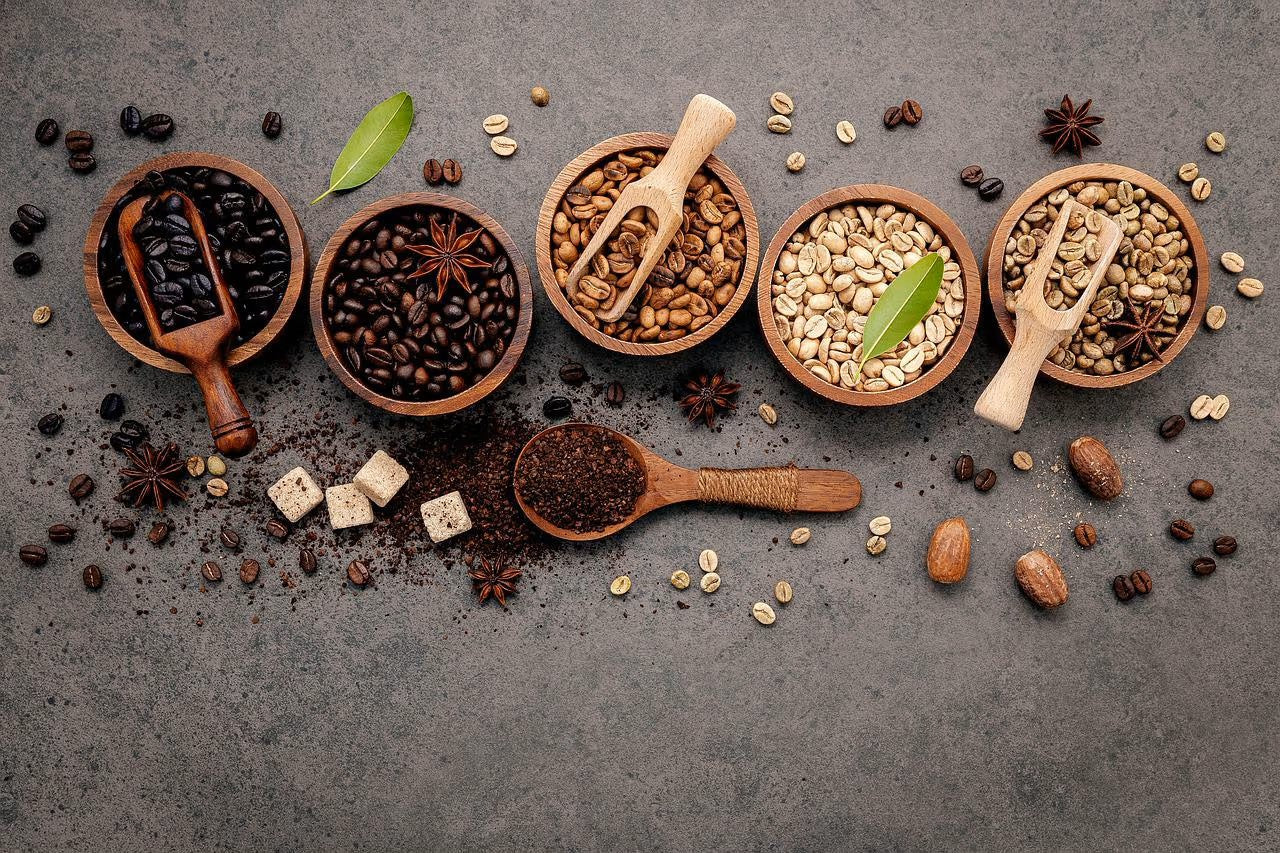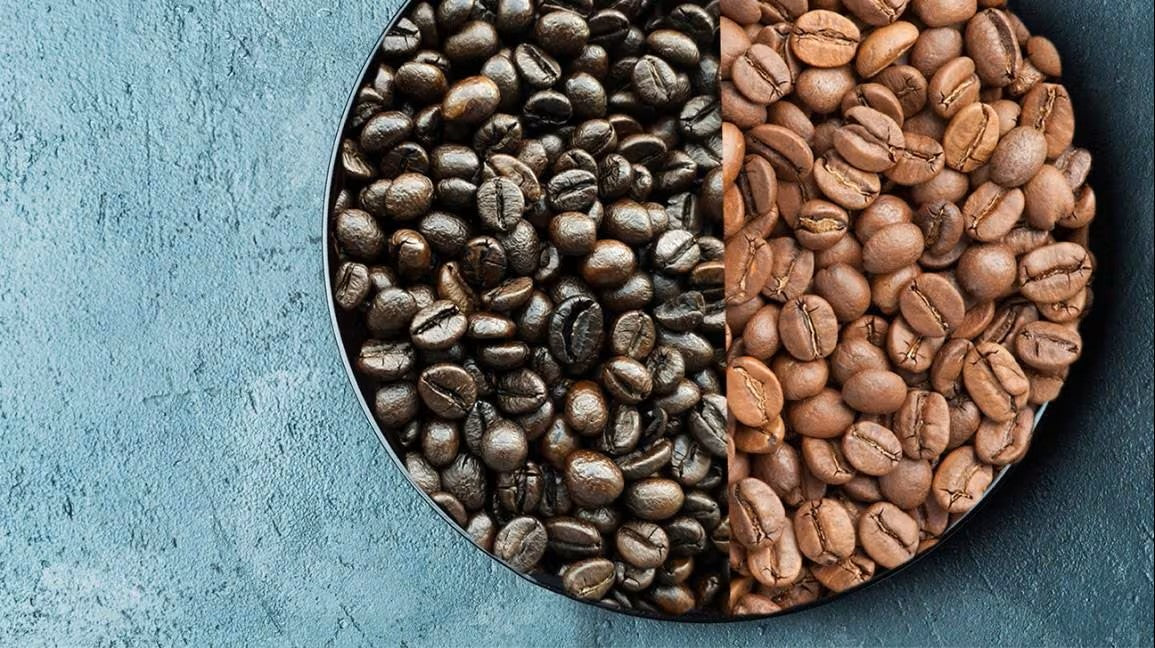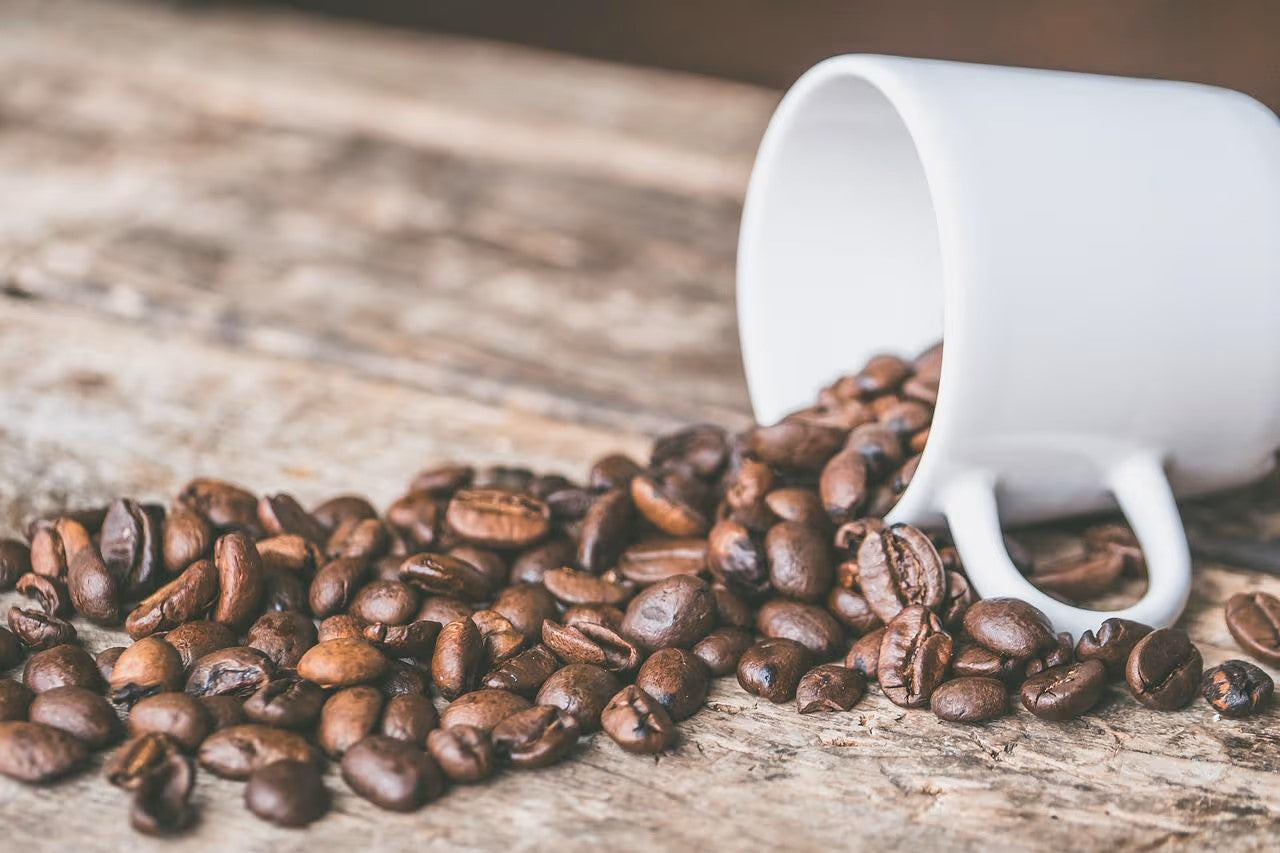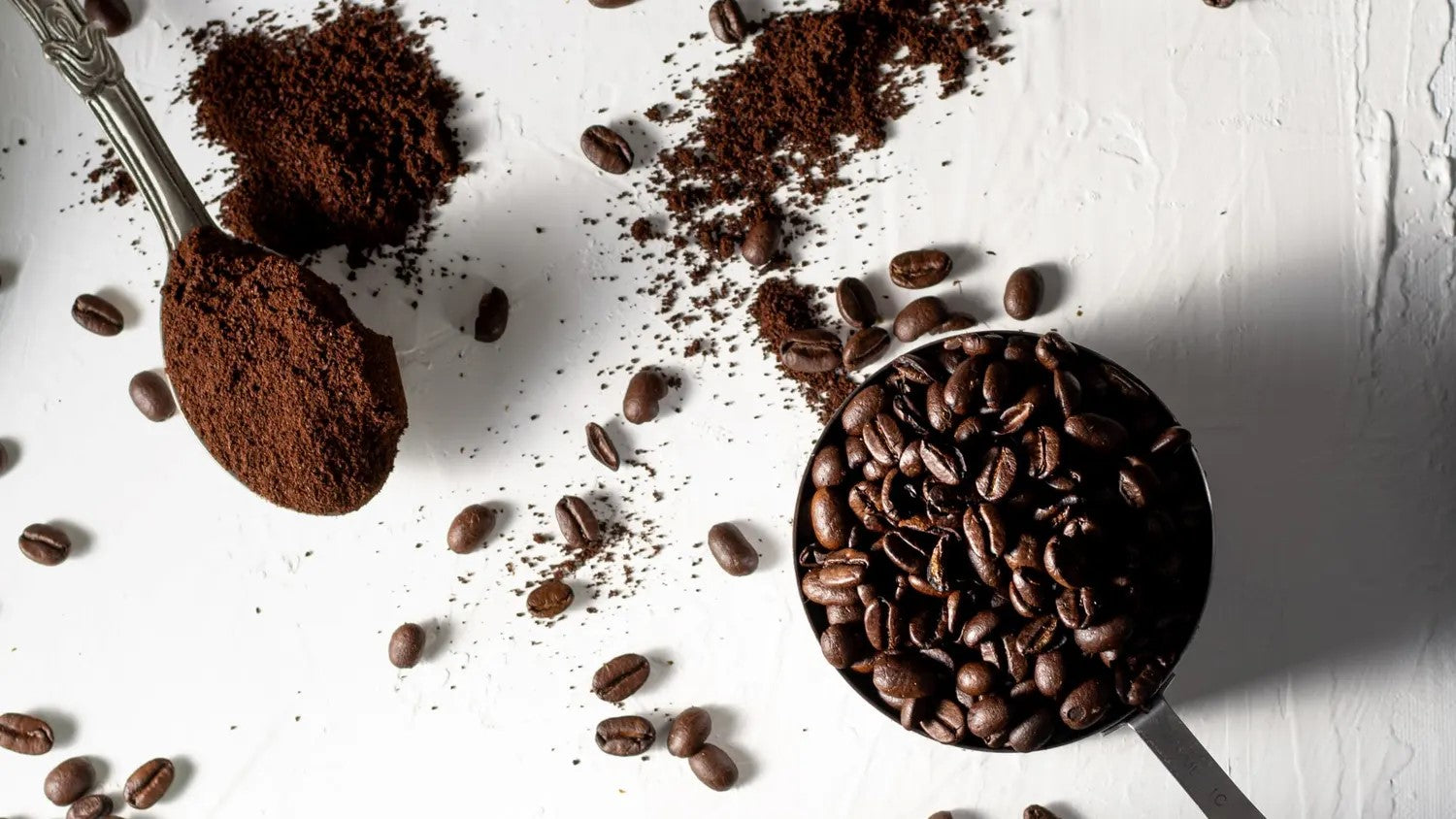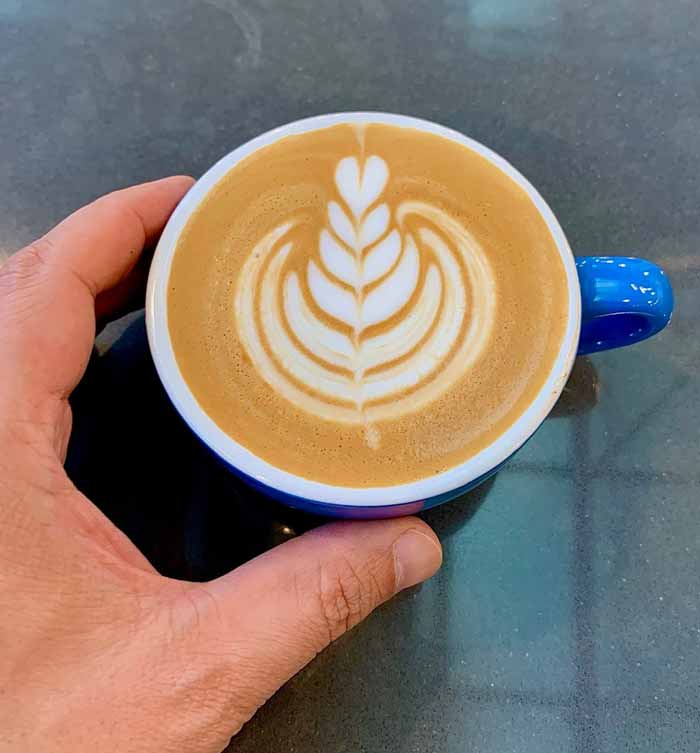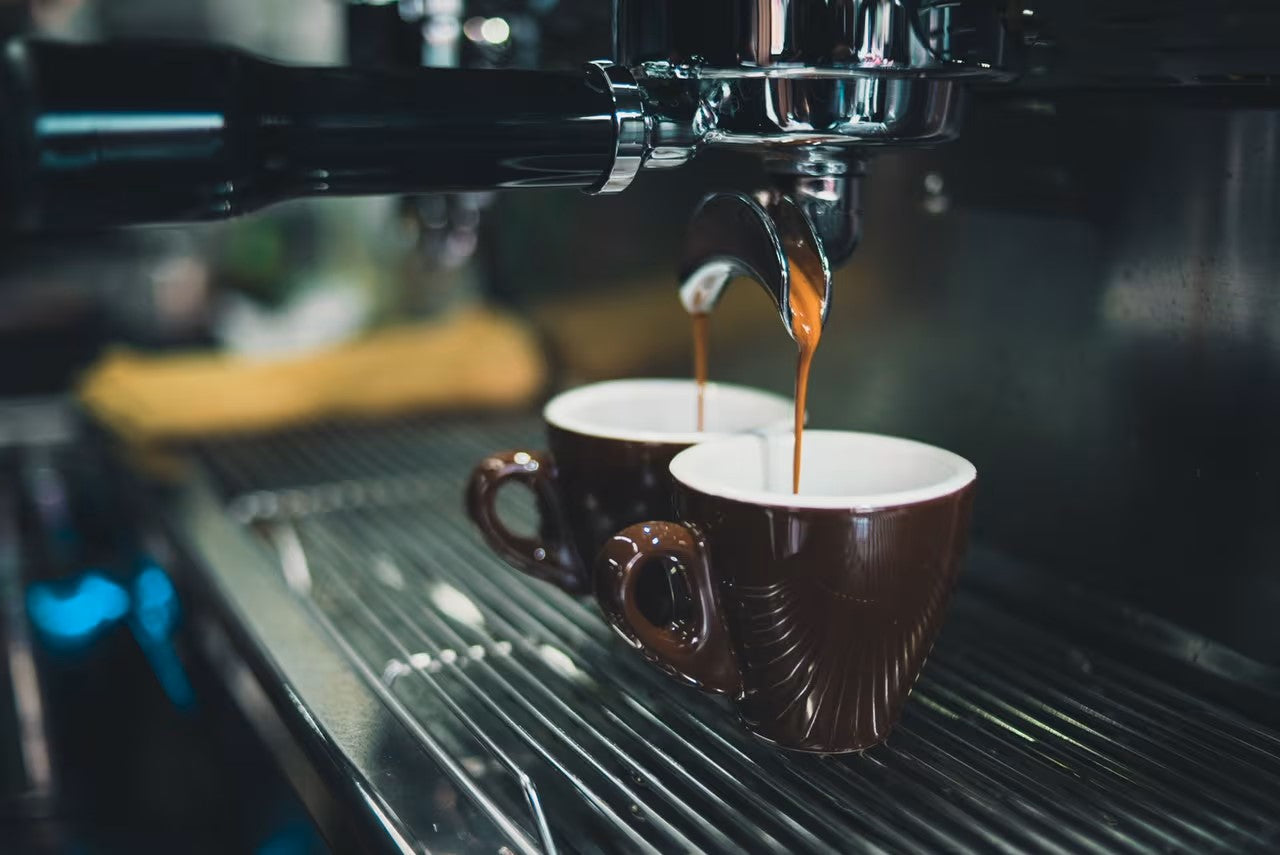How to choose specialty coffee?
Choosing specialty coffee can seem like a daunting task at first, but with a little knowledge and attention to detail, you can find exceptional coffees that will delight your palate. Here are some key things to consider:
a) Origin: The origin of coffee plays a crucial role in its flavor and aroma. Each coffee region has its own unique climate, soil, and altitude characteristics, which translate into distinctive flavor profiles. Explore coffees from different countries and regions to discover your favorites.
b) Variety: Like wine, coffee has different varieties, each with its own characteristics. The most common varieties include Arabica and Robusta. Arabica is known for its smooth and complex flavor, while Robusta has a more intense flavor and high caffeine content.
c) Roast: The roast of the coffee also significantly influences its flavor. A light roast will bring out the more delicate flavors of the coffee, while a dark roast will develop more caramelized and chocolatey flavors. Experiment with different roast levels to find your preference.
d) Freshness: Freshness is essential to enjoying the best specialty coffee experience. Look for coffees that have been recently roasted and consumed within 4-6 weeks of roasting.
e) Certifications: There are various certifications that guarantee quality and sustainable practices in coffee cultivation and processing. Look for coffees with seals such as Fairtrade, Rainforest Alliance or UTZ Certified to support coffee growers and the environment.
a) Origin: The origin of coffee plays a crucial role in its flavor and aroma. Each coffee region has its own unique climate, soil, and altitude characteristics, which translate into distinctive flavor profiles. Explore coffees from different countries and regions to discover your favorites.
b) Variety: Like wine, coffee has different varieties, each with its own characteristics. The most common varieties include Arabica and Robusta. Arabica is known for its smooth and complex flavor, while Robusta has a more intense flavor and high caffeine content.
c) Roast: The roast of the coffee also significantly influences its flavor. A light roast will bring out the more delicate flavors of the coffee, while a dark roast will develop more caramelized and chocolatey flavors. Experiment with different roast levels to find your preference.
d) Freshness: Freshness is essential to enjoying the best specialty coffee experience. Look for coffees that have been recently roasted and consumed within 4-6 weeks of roasting.
e) Certifications: There are various certifications that guarantee quality and sustainable practices in coffee cultivation and processing. Look for coffees with seals such as Fairtrade, Rainforest Alliance or UTZ Certified to support coffee growers and the environment.

